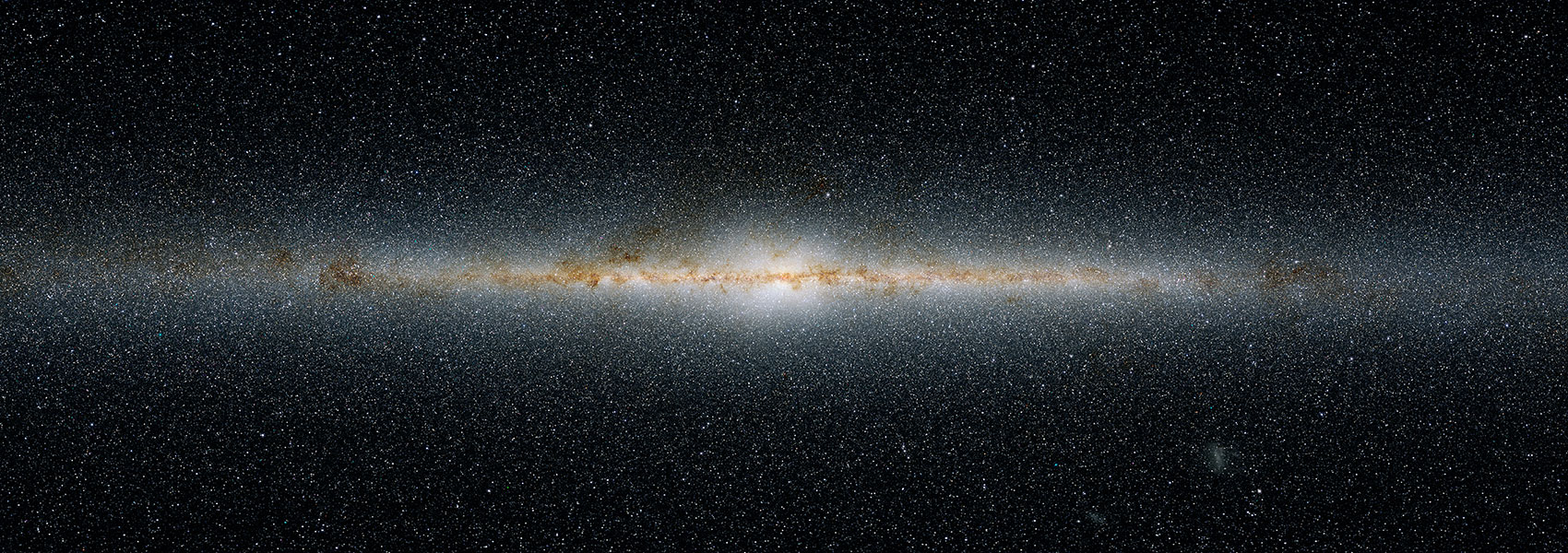December
2024
•
2024AJ....168..246Z
Authors
•
Zhang, Yapeng
•
González Picos, Darío
•
de Regt, Sam
•
Snellen, Ignas A. G.
•
Gandhi, Siddharth
•
Ginski, Christian
•
Kesseli, Aurora Y.
•
Landman, Rico
•
Mollière, Paul
•
Nasedkin, Evert
•
Sánchez-López, Alejandro
•
Stolker, Tomas
•
Inglis, Julie
•
Knutson, Heather A.
•
Mawet, Dimitri
•
Wallack, Nicole
•
Xuan, Jerry W.
Abstract
•
High-resolution spectroscopic characterization of young super-Jovian planets enables precise constraints on elemental and isotopic abundances of their atmospheres. As part of the ESO SupJup Survey, we present high-resolution spectral observations of two wide-orbit super-Jupiters in YSES 1 (or TYC 8998-760-1) using the upgraded VLT/CRIRES+ ( ) in K-band. We carry out free atmospheric retrieval analyses to constrain chemical and isotopic abundances, temperature structures, rotation velocities ( ), and radial velocities. We confirm the previous detection of 13CO in YSES 1 b at a higher significance of 12.6σ, but point to a higher 12CO/13CO ratio of 88 ± 13 (1σ confidence interval), consistent with the primary's isotope ratio 66 ± 5. We retrieve a solar-like composition in YSES 1 b with a C/O = 0.57 ± 0.01, indicating a formation via gravitational instability or core accretion beyond the CO iceline. Additionally, the observations lead to detections of H2O and CO in the outer planet YSES 1 c at 7.3σ and 5.7σ, respectively. We constrain the atmospheric C/O ratio of YSES 1 c to be either solar or subsolar (C/O = 0.36 ± 0.15), indicating the accretion of oxygen-rich solids. The two companions have distinct , 5.34 ± 0.14 km s‑1 for YSES 1 b and 11.3 ± 2.1 km s‑1 for YSES 1 c, despite their similar natal environments. This may indicate different spin axis inclinations or effective magnetic braking by the long-lived circumplanetary disk around YSES 1 b. YSES 1 represents an intriguing system for comparative studies of super-Jovian companions and linking present atmospheres to formation histories.
Links




